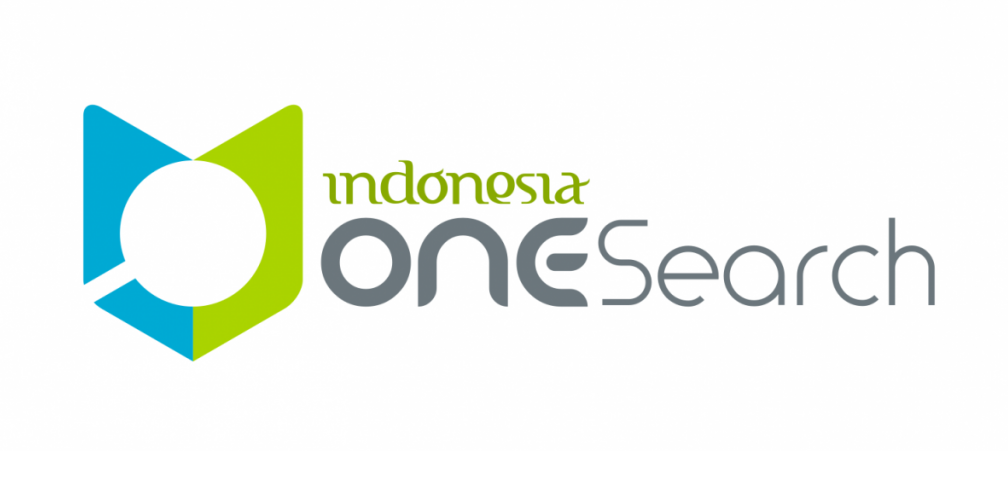Biosorption of Lead (Pb) from Aqueous Solution by Immobilized Aspergillus niger: A Green Technology for Heavy Metals Removal
Abstract
Lead has very toxic properties and cannot be degraded in waters that leads to health problems, such as disorders of the nervous system, heart, kidneys, digestive tract, and causing memory loss. One of the environmentally friendly methods that can reduce and even eliminate Pb is the biosorption. One of the microorganisms that can be utilized in biosorption technology is Aspergillus niger. In the current study, Pb biosorption was carried out by modifying Aspergillus niger which was immobilized in the Ca-alginate matrix. This study aims to determine the optimum biosorption conditions which include pH, contact time, initial Pb concentration, and amount of adsorbent. Results showed that the optimum conditions for Pb biosorption were pH 6.0, with contact time of 4 h, Pb concentration was 80 ppm, and at adsorbent concentration of 3 g, with the percentage of Pb adsorbed was 98.40%. FTIR spectra results show that the Pb biosorption process causes shifts in certain wavenumbers, from 1296.16 cm-1 to 1307.74 cm-1 which was a characteristic of the amine amide (CN) group, and a shift in wavenumber from 1122.57 cm-1 to 1168.86 cm-1 which was from carboxyl functional group. The interaction between Pb and the adsorbent surface was suggested through a physical adsorption, and hence the adsorption process was reversible.
References
Ali E Sharief, “Enhancement Biosorption of Heavy Metals from Factory Effluents via Recombinants Induced in Yeast and Bacteria,†Aust. J. Basic Appl. Sci., no. February, pp. 701–717, 2008.
J. W. Lee et al., “Toxic effects of lead exposure on bioaccumulation, oxidative stress, neurotoxicity, and immune responses in fish: A review,†Environ. Toxicol. Pharmacol., vol. 68, pp. 101–108, 2019.
S. Papirio et al., Sustainable Heavy Metal Remediation. 2017.
M. do S. Vale, R. F. do Nascimento, R. C. Leitão, and S. T. Santaella, “Cr and Zn biosorption by Aspergillus niger,†Environ. Earth Sci., vol. 75, no. 6, 2016.
S. M. Bowman and S. J. Free, “The structure and synthesis of the fungal cell wall,†BioEssays, vol. 28, no. 8, pp. 799–808, 2006.
N. Komari and A. Yudistri, “Penggunaan Biomassa Aspergillus niger Sebagai Biosorben Cr(III) Using of Aspergillus niger As Biosorbent of Chromium(III),†J. Mns. dan Lingkung., vol. 19, no. 1, pp. 46–51, 2012.
L. M. Barros Júnior, G. R. Macedo, M. M. L. Duarte, E. P. Silva, and A. K. C. L. Lobato, “Biosorption of cadmium using the fungus aspergillus niger,†Brazilian J. Chem. Eng., vol. 20, no. 3, pp. 229–239, 2003.
Z. Chaidir, P. N. Sari, R. Zein, and E. Munaf, “Research Article Calcium alginate immobilized sugar palm fruit (Arenga pinnata Merr) Shell for the removal of Pb (II) and Cd(II) ions,†vol. 7, no. 5, pp. 965–972, 2015.
M. Y. Arica, G. Bayramoǧlu, M. Yilmaz, S. Bektaş, and Ö. Genç, “Biosorption of Hg2+, Cd2+, and Zn2+ by Ca-alginate and immobilized wood-rotting fungus Funalia trogii,†J. Hazard. Mater., vol. 109, no. 1–3, pp. 191–199, 2004.
H. Hasri, “Studi Adsorpsi Logam Pb(II) Menggunakan Adsorben biomassa Aspergillus niger Hasil Pemerangkapan,†SAINSMAT "Jurnal Sains, Mat. dan Pembelajarannya, vol. 4, no. 2, pp. 126–135, 2015.
A. Safitri, P. Mahardini, S. Prasetyawan, dan A. Roosdiana, "Biosorption of Cr(VI) in Aqueous Solution using Microorganisms: Comparison of the Use of Rhizopus oryzae, Bacillus firmus, and Trichoderma viride, IOP Conf. Series: Mat Sci Eng, 299, 012023. 2018.
Yustinah, Hudzaifah, A. Maya, and A. Syamsudin, “Kesetimbangan Adsorpsi Logam Berat (Pb) dengan Adsorben Tanag Diatomit Secara Batch,†J. Konversi, vol. 9, no. 1, pp. 17–28, 2019.
R. Taloin, A. Safitri, B. Kamulyan, A, Andayani, dan S. Prasetyawan, “Biosorption of Lead(II) using Trichoderma viride in the Aqueous Solution,†J. Pure Appl. Chem. Res., vol. 7, no. 1, pp. 70–78, 2018.
Downloads
Published
Issue
Section
License
Authors who publish in this journal agree to the following terms:
- Authors retain copyright and grant the journal the right of first publication with the work simultaneously licensed under a Creative Commons Attribution License that allows others to share the work with an acknowledgment of the work's authorship and initial publication in this journal.
- Authors are able to enter into separate, additional contractual arrangements for the non-exclusive distribution of the journal's published version of the work (e.g., post it to an institutional repository or publish it in a book), with an acknowledgment of its initial publication in this journal.
- Authors are permitted and encouraged to post their work online (e.g., in institutional repositories or on their website) prior to and during the submission process, as it can lead to productive exchanges, as well as earlier and greater citation of published work (See The Effect of Open Access).
- Once submitted, it is the corresponding author's responsibility to confirm and warrant the name included as an author of the work is true (shadow author is unacceptable) and that no conflict of interest occurred among the authors.













